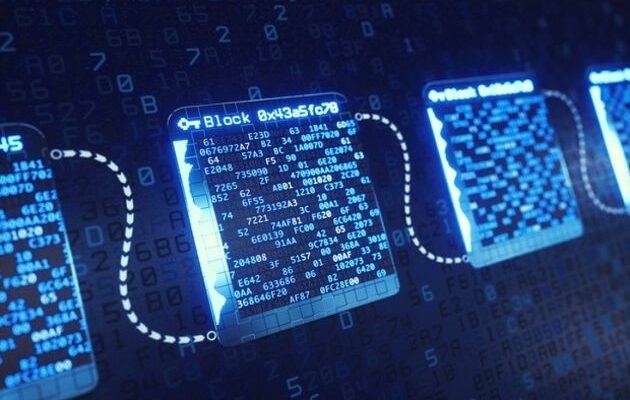“From fork to fork”. In the food industry, blockchain traceability is already well established in the technological landscape with players such as Connecting Food, Tilkal or IBM. But the luxury industry is also developing its own use cases.
For the luxury house Loro Piana of the giant LVMH, traceability begins this time with breeding and shearing. The use of the blockchain thus aims to enable it to guarantee the transparency of its supply and the traceability of its raw materials.
From shearing to luxury boutique
The brand is making its debut in this sector. Thus, the electronic certification of its products currently concerns only its new collection The Gift of King. This novelty is formalized on the occasion of the opening of a store in California. Loro Piana therefore plans to issue a digital certificate for any purchase of a new garment from its collection made from wool – and which includes, for example, men’s polo shirts from 1,950 euros.

To access the data extracted from the brand’s supply chain, the wealthy consumer simply needs to scan, from a smartphone, the QR code displayed on the clothing labels.
The principle is the same for different consumer products, such as milk, coffee or eggs. Demonstrating the traceability of its wool is not the only use sought by Loro Piana. The challenge is also image and marketing.
A QR code to access the data
The QR code directs the customer to a site presenting “each stage of its supply chain and all the experts who make this metamorphosis into a peak of softness possible. At the technical level, the LVMH subsidiary generates a certificate of authenticity for each item.
For this, the luxury player relies on the technology of Aura Blockchain Consortium, a consortium or private blockchain. It was founded in 2021 by luxury companies, including Loro Piana’s parent company, LVMH.
The real starting point dates back to 2019 and the creation of Aura by the multinational, in collaboration with Microsoft and the Ethereum studio ConsenSys – led by the co-founder of the public Ethereum blockchain, Joseph Lubin.
Since then, the consortium has grown. In addition to LVMH, Aura Blockchain counts among its founders Mercedez-Benz, OTB, Prada and Richemont. The car manufacturer joined the consortium in 2022. Its ambitions: to integrate blockchain and NFT to serve customer relations.
Aura and the luxury use cases of blockchain and NFT
At the beginning of 2022, Aura claimed 15 million products registered on its Quorum blockchain, a private version of Ethereum. Its services allow client brands to respond to transparency issues, but also to edit and transfer ownership certificates.
With the democratization of NFTs, Aura has taken hold of the subject for the luxury industry. This includes combating fake non-fungible tokens of its brands. But NFTs can also be used as an electronic certificate, in particular securing the secondary market and reducing the risk of counterfeiting.
Blockchain use cases in luxury appear to be more tangible and profitable than in shipping where Maersk and IBM’s TradeLens ended in failure. In trade finance, We.trade also ended on a setback.
In the food industry, use cases are developing. They are not limited to disseminating marketing information to consumers via a QR code. Blockchain solutions are more widely used in the management and optimization of the supply chain.
